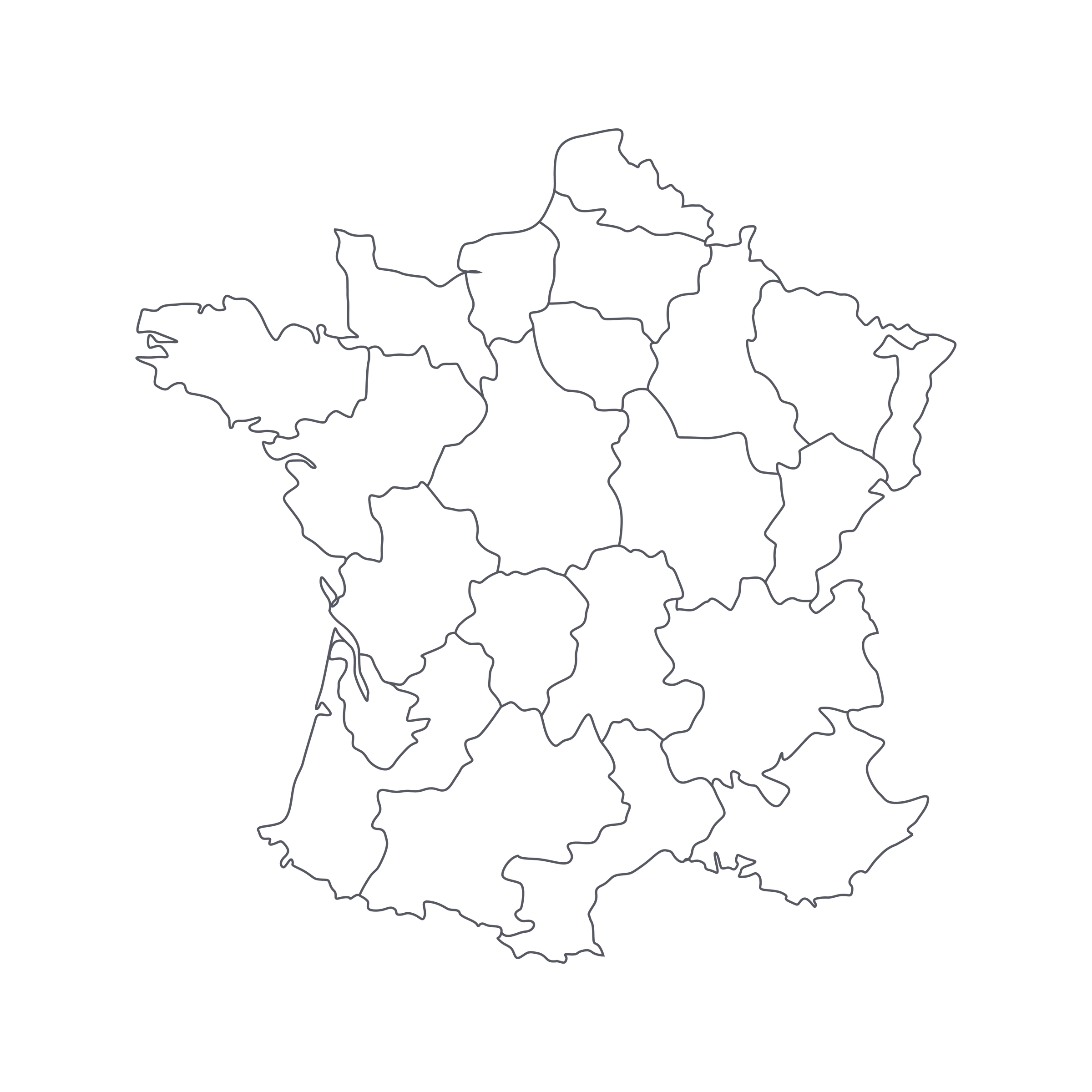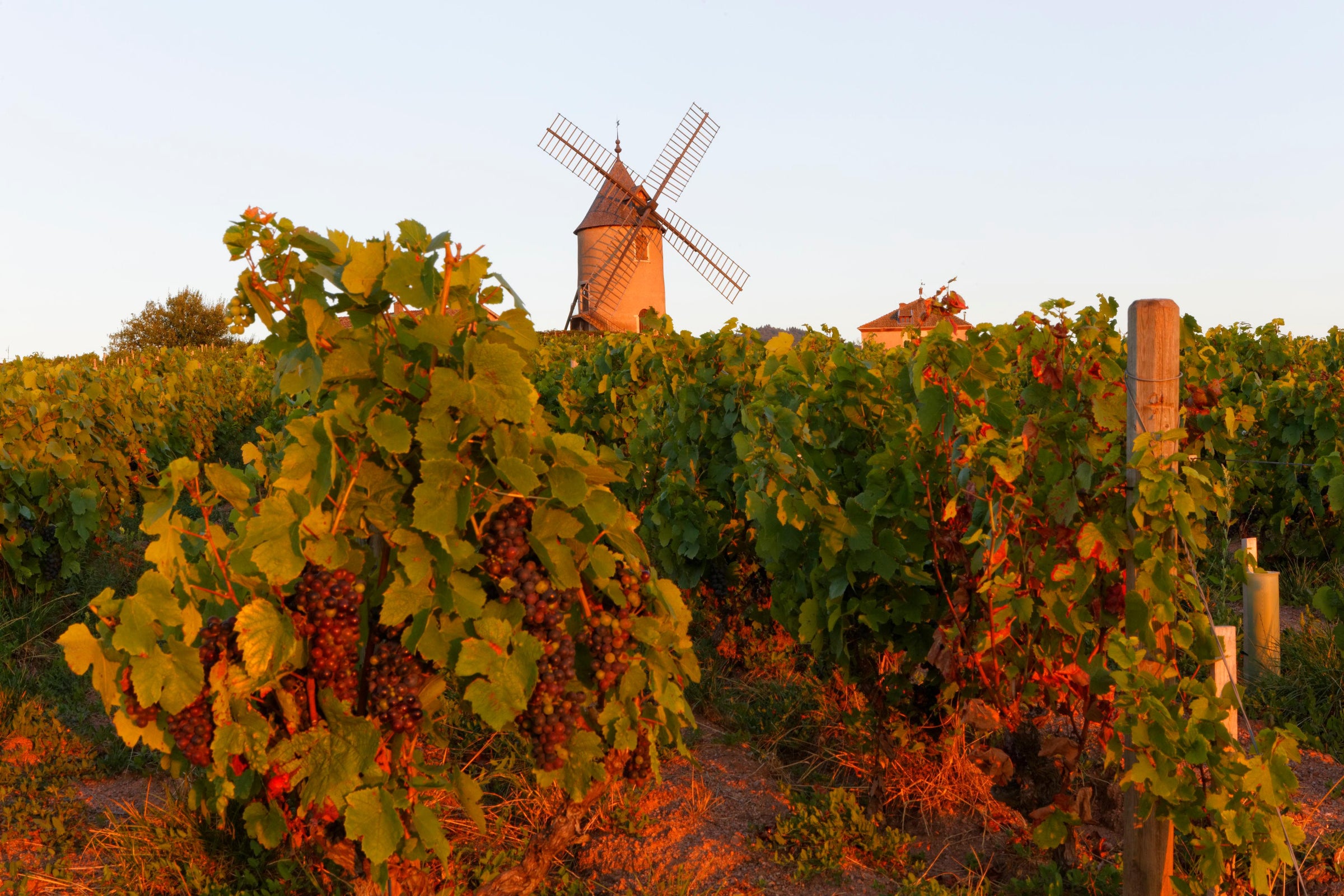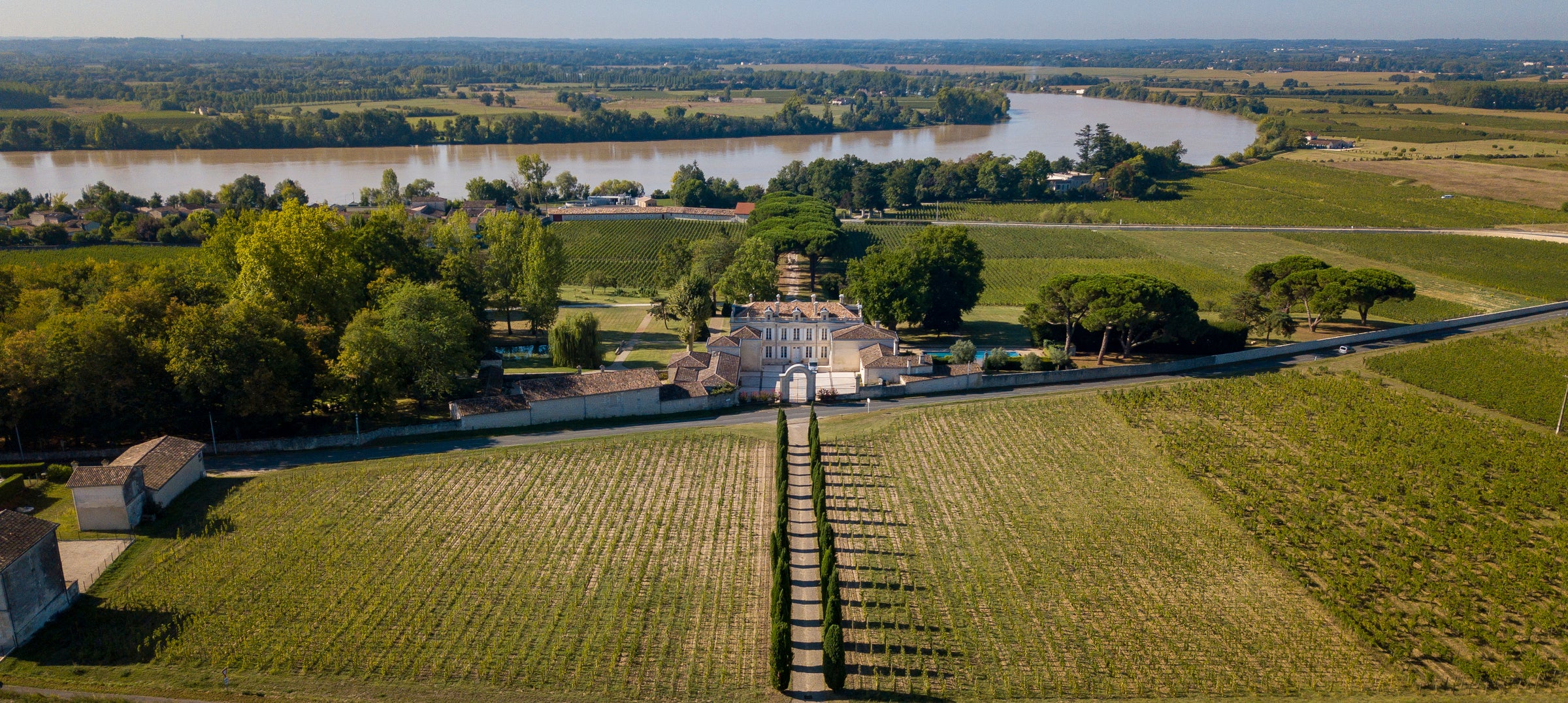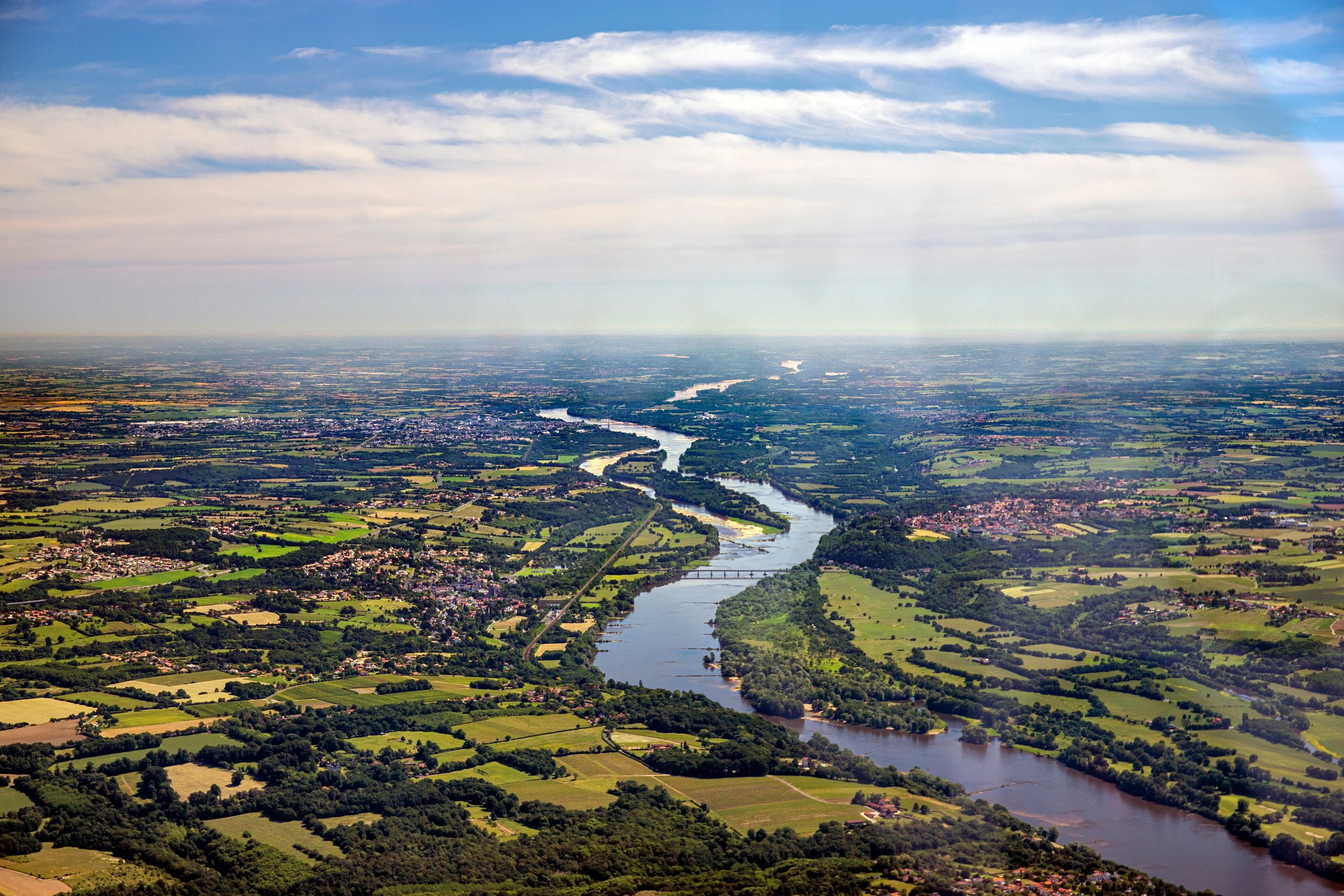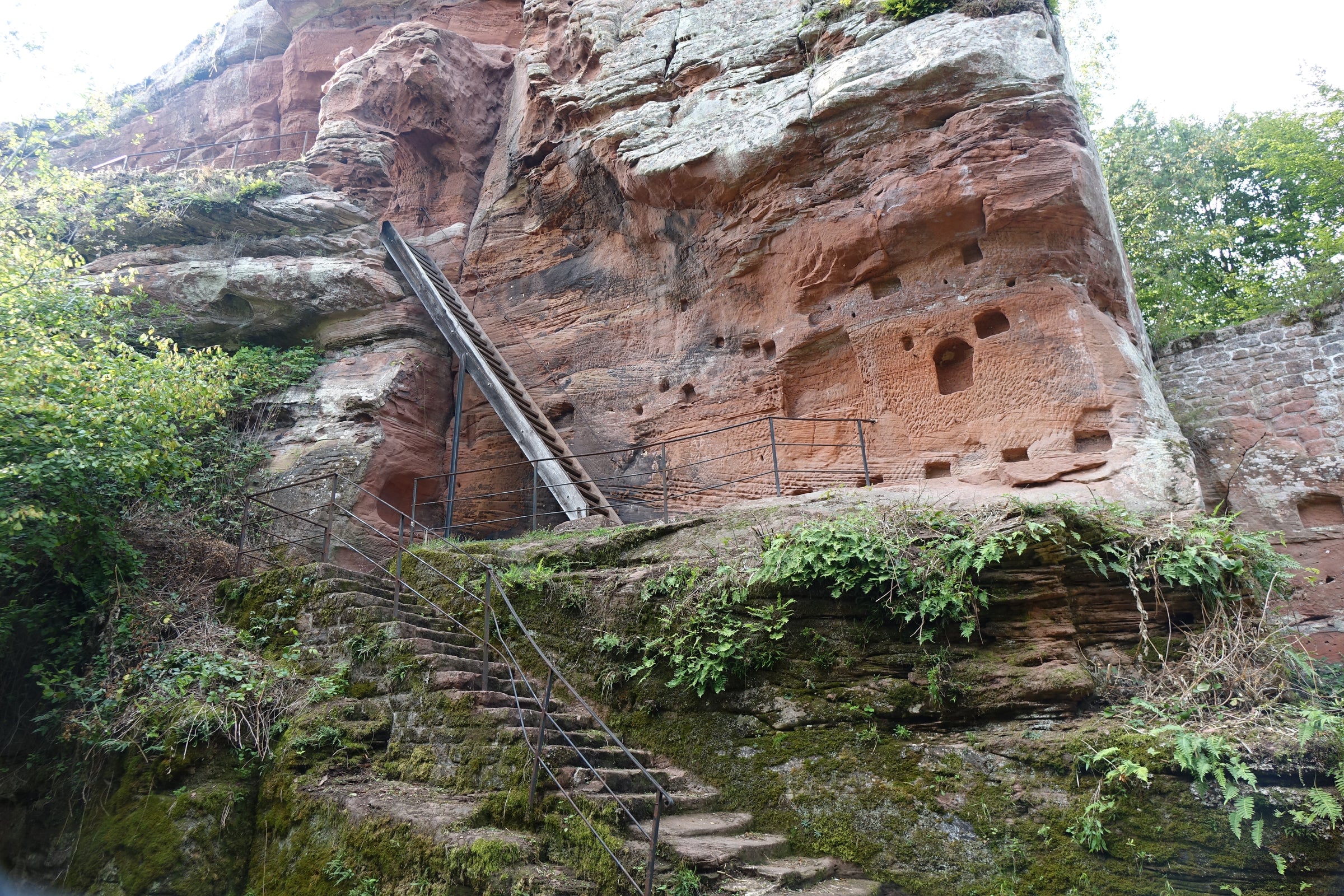This is an exciting day for SommSelect. Suffice it so say that Cédric Bouchard is on our shortlist of the most talented, revolutionary, generation-defining grower-winemakers in all of Europe.
I wouldn’t be surprised if you’ve never encountered these Champagnes: They are handcrafted in every way, painfully limited, and virtually impossible to purchase outside of top restaurants. As such, I strongly urge you to take advantage of this rare opportunity to acquire a few bottles for your home cellar. In a region increasingly crowded with “next big thing” labels, Bouchard is the genuine article, and I’m certainly not the only one who feels this way. Vinous Media’s Antonio Galloni calls Bouchard’s Champagnes “among the most compelling, deeply moving wines being made anywhere in the world.” and Decanter describes them as “polished, richly expressive Champagnes that are more Burgundian than classically Champenois in sensibility” and “among the most sought-after wines in the region.” We have very little to offer today, so please jump on this if you’re interested.
[PLEASE NOTE: due to the limited size of our allocation, we can only offer a maximum of 6 bottles per customer until we sell out.]
Cédric only released his first wines in 2000, but he has quickly catapulted to the top rank in Champagne. His approach is rigorous and purist, focused exclusively on single-variety, single-vineyard, and single-vintage wines (although he doesn’t put vintages on his labels, just disgorgement dates). He started out with a single small vineyard he acquired from his father and has gradually pieced together other parcels, all of them in the southerly Côte des Bar sub-region of Champagne, and as of 2014 he bottles all of his cuvées under the name Roses de Jeanne, in honor of his grandmother.
Today’s bottling originates from another tiny site acquired from his father—“Val Vilaine,” an organically farmed 1.5-hectare vineyard in the village of Polisy. Cédric pulls a miniscule 4,000 kilograms of grapes from this site, which is about one-third of the typical volume in the region. Lower yields equal untouchable concentration and depth in the wine—and a sense on the palate, for me, that is not dissimilar from drinking top-tier Red Burgundy. Bouchard also bottles his wines with about two-thirds the typical atmospheric pressure of most Champagne. This softer effervescence gives the wine a richness on the palate that only further underscores its Burgundy-ness. The product of the 2015 vintage (though not stated on the label), this bottling spent 16 months aging on its lees and was disgorged in April of 2017 (which is indicated on the label). It is 100% unfined, unfiltered, and has zero sugar added at any point. Peter Liem, arguably the world’s most respected Champagne expert, says: “Bouchard’s wines are among those rare Champagnes that feel perfectly, naturally secure in their dryness, and where the thought of dosage seems even bizarre, as if adding it to a red Burgundy.” I couldn’t agree more!
As with all Bouchard’s wines, “Val Vilaine” is an always-morphing, always-evolving, ever-moving target—and to a large extent, it cannot be summed in a single paragraph of tasting notes. One moment, its elegance and chiseled structure recall white Burgundy. Next, it explodes with red fruit and richness on the palate that remind one of red Burgundy. Then, right when you think you’ve got your mind wrapped around it, the wine softens up with gorgeous floral and herbal notes of chamomile, white tea, and chrysanthemums. The one concrete thing I can say about this wine is that you must decant it. Bouchard employs bubbles in his wines as a preservative more than a stylistic element. He advises decanting them before consumption. So please, feel free to enjoy a first glass with its fine, creamy mousse, but then decant it and serve in large Burgundy stems at 55 degrees. If you have a high-quality fish purveyor in your area, ask them to locate you some skate (or scallops as a substitute, if necessary) with which to prepare this classic, brown butter-kissed recipe. This is not a classic pairing, but there’s nothing predictable or “standard” about “Val Vilaine” so I’ll ask you to trust me and go with the flow on this one. You won’t be disappointed!


